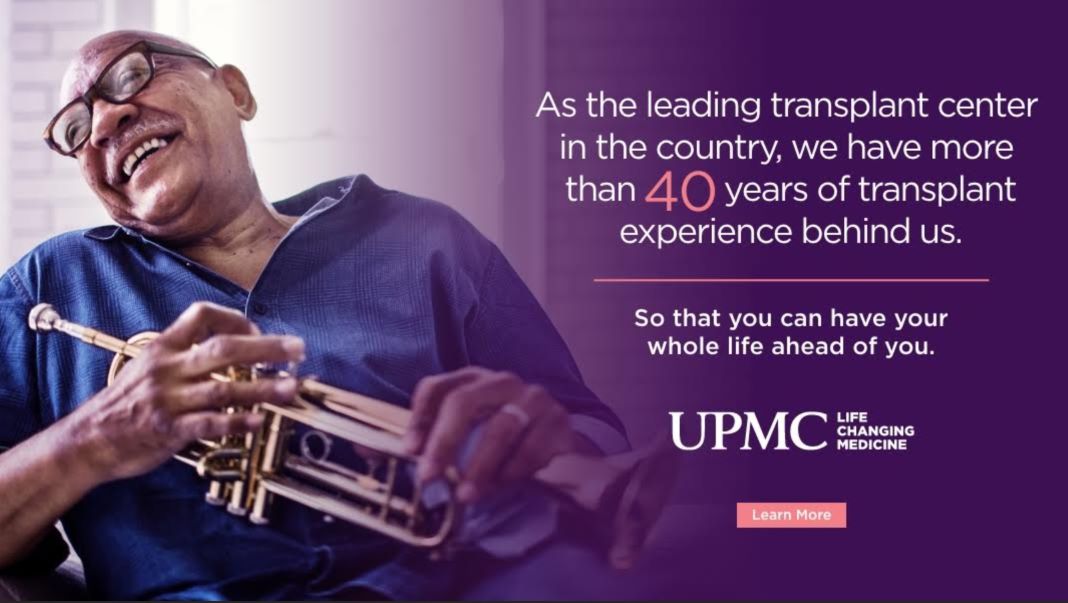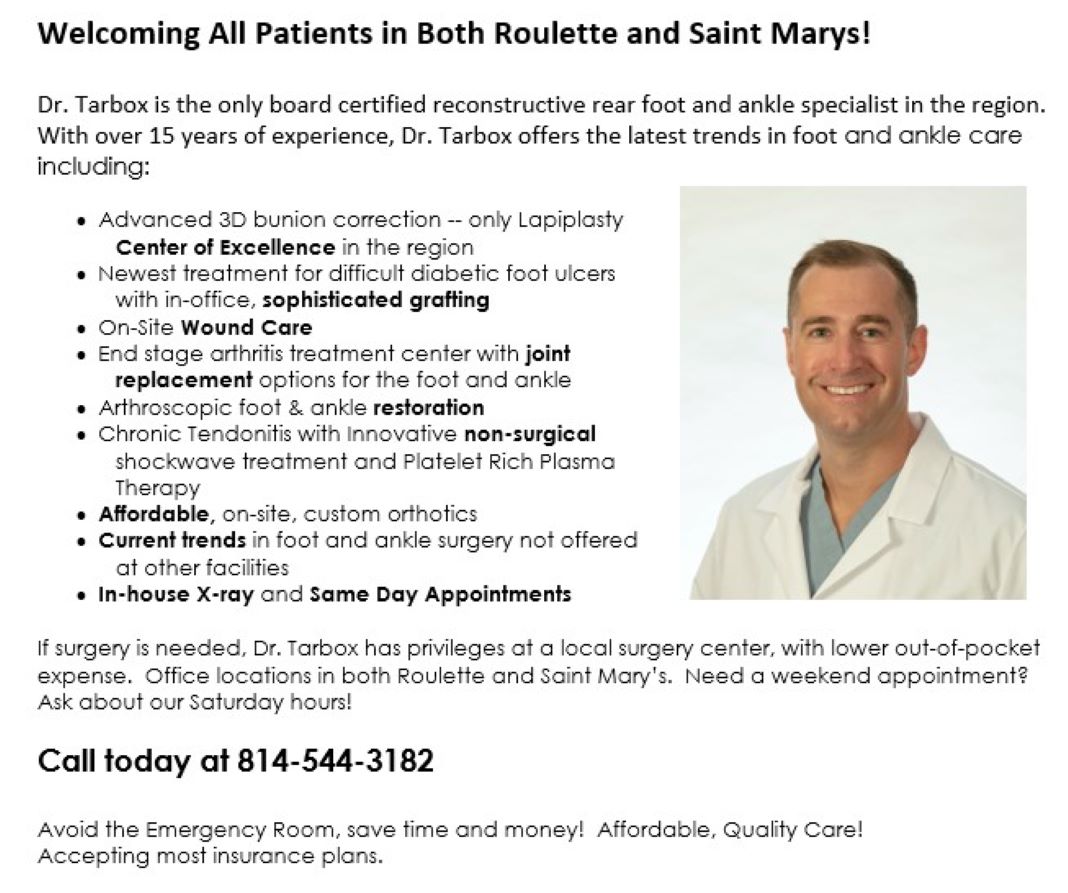UPMC Neurology Expert: Help for Headaches

Suhag Patel, PA-C
Neurology, UPMC
Headache disorders are the most prevalent neurological disorders, affecting more than 90% of all Americans. Most headaches are primary headaches, while a small percentage are secondary headaches, which are headaches resulting from some other issue, such as head trauma.
As of 2018, the Centers for Disease Control and Prevention (CDC) reported that 3% of all annual emergency department visits in the United States are due to complaints of headaches. While most headaches are not the result of a serious illness, they still can interfere with your overall quality of life.
Types of Headaches
There are three main types of headaches:
Migraines are severe, disabling headaches that typically occur on one side of the head with throbbing or pulsating pain, that is rated moderate to severe. The pain can be worsened through regular activities and is accompanied either by light and sound sensitivity or nausea. These headaches typically last anywhere from four to 72 hours. Frequent migraines may be a sign of something more serious. If you experience migraines often, it’s important to speak with your physician to rule out underlying issues. Migraines can be treated with medication, lifestyle modification, and other therapies.
Tension headaches produce more of a global pressure sensation and are commonly what people refer to when experiencing a headache. These headaches are mild to moderate in severity and usually go away within four hours. This pain is more of a squeezing type of pain, like a band around the head. Most often, they do not have additional symptoms and are rarely a sign of more serious illness. Tension headaches can be treated with over-the-counter medications, and lifestyle modification can often help reduce their frequency.
Cluster headaches typically occur multiple times per day over several days to weeks during a cluster period, usually followed by remission periods when the headaches stop. Cluster headaches are often described as a sudden, sharp, severe pain behind one eye and can be as severe as migraines. These headaches reach their peak in one to three minutes and generally last 15-90 minutes each. Cluster headaches are severe and not life-threatening.
Understanding Headache Triggers
Although headaches may indicate an underlying medical problem, more often lifestyle is the culprit. The effects of headaches can impact sleep, learning, social activities, and relationships. An initial tool for a headache-sufferer is a headache diary. In a headache diary, you record events before, during, and after each headache. This information helps you and your physician determine significant patterns and triggers and helps the physician create a personalized treatment plan. Treatment options range from natural remedies, lifestyle adjustments, and/or tailored medications.
Below are some common headache triggers and ways to reduce their effects:
- Anxiety and stress – Take deep breaths, go on a walk, and incorporate healthy stress-relief activities into your daily routine.
- Loud noise – Turn down the volume or walk away from sources of loud noise.
- Light – Put down your screens or lower the brightness on devices and try not to overexpose yourself unprotected to sunlight.
- Physical activity – Find a balance between pushing yourself too hard and being too sedentary.
- Sleeping – Make sure you’re getting enough sleep and have a regular nighttime routine.
Adequate rest, stress reduction, exercise, and a healthy diet can help reduce and sometimes prevent headaches. While over-the-counter pain medications are helpful in reducing headache pain, they should be taken with caution. Overuse or misuse of any pain medication can cause headaches to “rebound.” When a rebound headache wears off, the withdrawal reaction prompts additional medication. The headaches become more cyclical and more severe over time. Early intervention is key to preventing this vicious cycle. There are also certain vitamins that have been shown to help with headaches, which also emphasizes the importance of maintaining a healthy diet, free of processed and packaged foods.
Anytime headaches or series of headaches interfere with the quality of your life, you should see your doctor. If you suddenly feel like you’re having the worst headache of your life, call 9-1-1 immediately. This could be a medical emergency. Education, awareness, and research are keys to conquering headaches.
Suhag Patel, PA-C, sees patients at the UPMC Neurological Institute, 740 High St., 3rd Floor, Williamsport. To make an appointment with Suhag, call 570-321-2820. For more information about UPMC Neurological Institute services in northcentral Pa., visit UPMC.com/NeuroNCPA.






